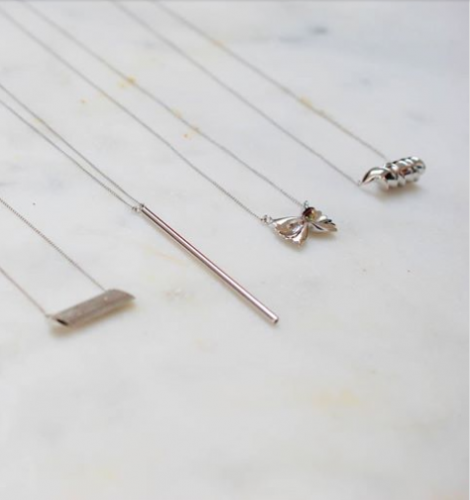Maid of Honor Trends for 2018

Traditionally, a bride had pretty fixed rules when it came to choosing her maid or matron of honor. The role was generally given to the sister of the bride (the one closest in age). If she had no sister, the maid of honor had to be single.
But its a whole new era and bridal trends continue to evolve. This means a bride can ask any relative or friend to serve this crucial role. This may include a parent, a grandparent or even a close male friend. If a bride if confused or conflicted with the choice, she can choose more than one bridesmaid.
This makes more sense. For most brides, the choice of a bridesmaid is a “from the heart” choice: she wants that faithful and loving “bestie” to be by her side on this pivotal day, tradition be damned, right? (Practically speaking, a bridesmaid is required to perform a wide range of bridal tasks so its also a smart idea of pick that loved one who is capable of performing those duties.)
As bridal norms continue to loosen and expand in scope, it’s good to know that personal choice is the main reason to choose the right maid of honor.

























